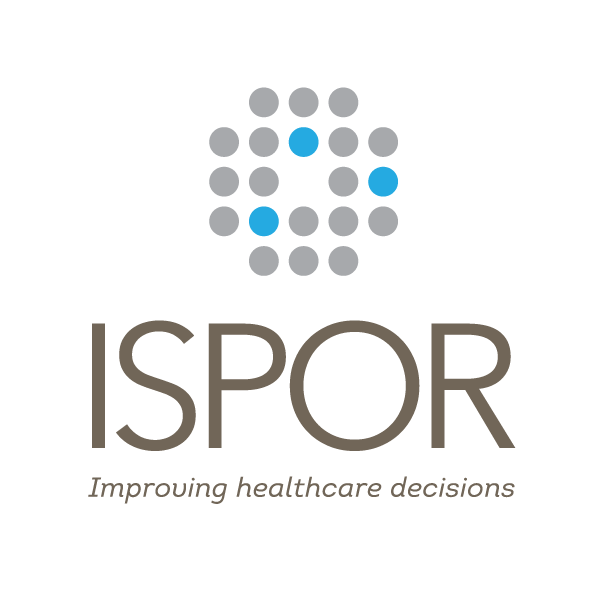Newswise — Princeton, NJ—June 21, 2016—The International Society for Pharmacoeconomics and Outcomes Research (ISPOR) has published its third Good Research Practices Task Force Report on preference-based methods that measure patient and other stakeholder preferences. The report appears in the June 2016 issue (Volume 19, Issue 4) of Value in Health. As health care moves towards patient-centricity, researchers have increasingly engaged patients by involving them in the process through these research methods.
This report, “Statistical Methods for the Analysis of Discrete Choice Experiments: A Report of the ISPOR Conjoint Analysis Good Research Practices Task Force Group,” specifically focuses on analyzing and interpreting data gathered by discrete-choice experiments (DCEs). DCEs are a type of stated-preference survey method that has soared in use to quantify priorities and values of patients, caregivers, physicians, and other health care decision makers. DCEs involve asking patients what they would do when confronted with a real-life situation that involves tradeoffs. The resulting scores quantitatively measure the patients’ priorities and the relative importance of different features of the treatment or health service.
For example, the Center for Devices and Radiological Health at the US Food and Drug Administration (FDA) approved a new medical device for weight loss treatment taking into account the results of a DCE study that it conducted to evaluate the tradeoffs patients are willing to make among safety, effectiveness, and other aspects of a weight-loss device. This was the first FDA-sponsored study designed to obtain quantitative patient-preference evidence to be used to support a regulatory approval decision.1
While much good outcomes research is conducted using DCEs, it is critical that the data be properly analyzed and correctly interpreted for the results to be valid. If researchers misunderstand DCE data properties or the analysis method, they can draw incorrect conclusions. The Task Force addressed this issue by providing a solid explanation of DCE data fundamentals—how to set up the data, as well as the properties, advantages, and limitations of different statistical methods.
According to lead author and Task Force Chair, A. Brett Hauber, PhD, “We determined that a pragmatic introduction to different statistical analysis methods was needed—highlighting the differences among methods and identifying the strengths and limitations of each method.” In addition, the Task Force developed a useful tool for researchers, the ESTIMATE Checklist, composed of questions to consider when selecting the analysis method, describing the analysis, and interpreting the results.
The ISPOR Conjoint Analysis Good Research Practices Task Force builds on two previous ISPOR Task Force Reports, “Conjoint Analysis Applications in Health—A Checklist: A Report of the ISPOR Good Research Practices for Conjoint Analysis Task Force” and “Constructing Experimental Designs for Discrete-Choice Experiments: Report of the ISPOR Conjoint Analysis Experimental Design Good Research Practices Task Force.” Additional information on ISPOR Task Forces can be found here.
1 Ho MP, Gonzalez JM, Lerner HP, et al. Incorporating patient-preference evidence into regulatory decision making. Surg Endosc. 2015 Oct;29(10):2984-93. Epub 2015 Jan 1.
###
ABOUT ISPORThe International Society for Pharmacoeconomics and Outcomes Research (ISPOR) is a nonprofit, international, educational and scientific organization that promotes health economics and outcomes research excellence to improve decision making for health globally. Web: www.ISPOR.org | LinkedIn: www.bit.ly/ISPOR-IN | Twitter: www.bit.ly/ISPOR-T (@ISPORorg) | YouTube: www.bit.ly/ISPOR-YT |Facebook: www.bit.ly/ISPOR-FB
ABOUT VALUE IN HEALTHValue in Health (ISSN 1098-3015) is an international, indexed journal that publishes original research and health policy articles that advance the field of pharmacoeconomics and outcomes research to help health care leaders make evidence-based decisions. The journal’s 2015 impact factor score is 3.824. Value in Health is ranked 3rd out of 74 journals in health policy and services (social sciences), 8th out of 87 journals in health care sciences and services, and 10th out of 344 journals in economics (social sciences). Value in Health is published bi-monthly and circulates to more than 10,000 readers around the world. Web: www.ispor.org/valueinhealth | Twitter: http://bit.ly/ISPORjournals-T (@ISPORjournals)
